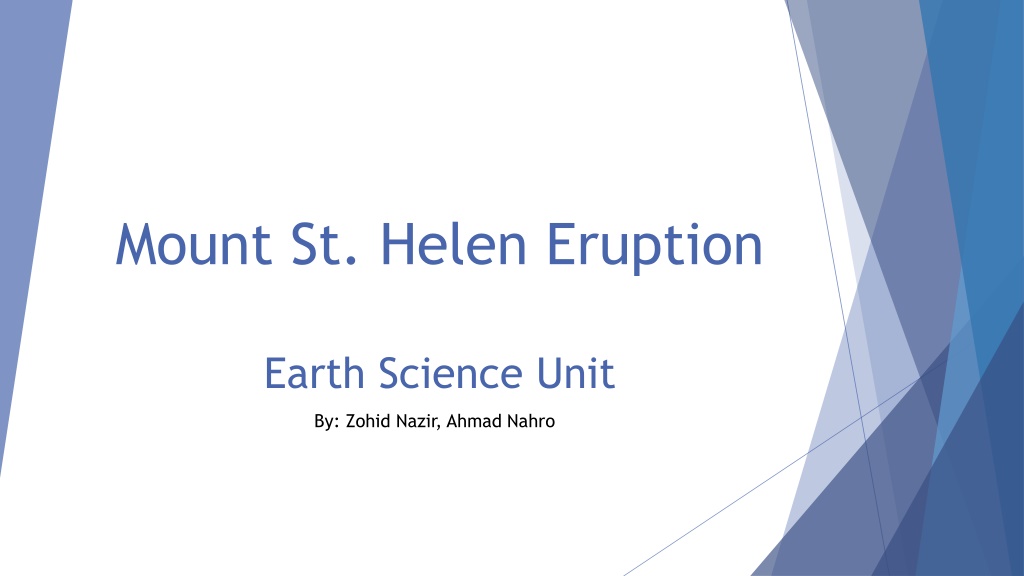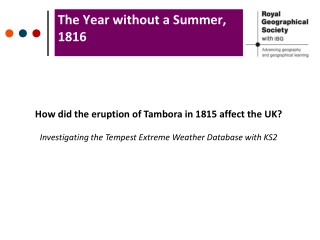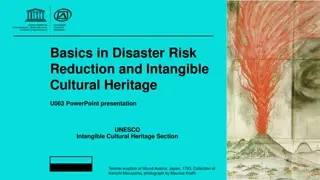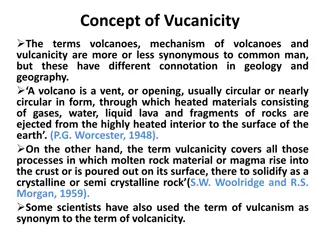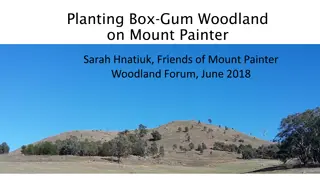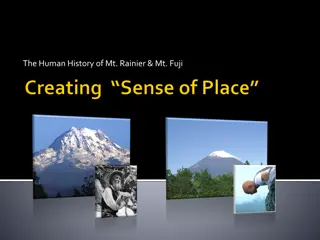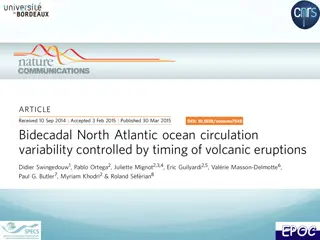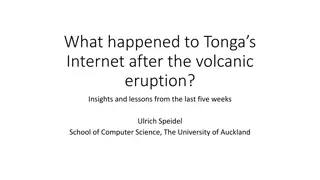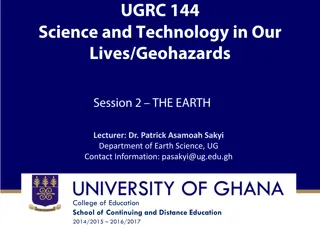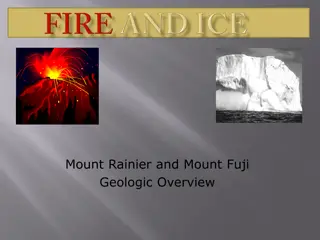Mount St. Helen Eruption: A Earth Science Study
Explore the devastating eruption of Mount St. Helen in 1980 through before, during, and after phases. Witness the impact on the environment, wildlife, and communities as well as the geological and meteorological connections revealed during the event.
Download Presentation

Please find below an Image/Link to download the presentation.
The content on the website is provided AS IS for your information and personal use only. It may not be sold, licensed, or shared on other websites without obtaining consent from the author.If you encounter any issues during the download, it is possible that the publisher has removed the file from their server.
You are allowed to download the files provided on this website for personal or commercial use, subject to the condition that they are used lawfully. All files are the property of their respective owners.
The content on the website is provided AS IS for your information and personal use only. It may not be sold, licensed, or shared on other websites without obtaining consent from the author.
E N D
Presentation Transcript
Mount St. Helen Eruption Earth Science Unit By: Zohid Nazir, Ahmad Nahro
Before the Eruption This was before the eruption of Mount St. Helen in Washington 1980. The height of Mount St. Helen before eruption at its peak was 9,677 FT/ 2,950M. Before the eruption in 1980 it erupted 100 years ago. Mount St. Helen was about 2 to 3 km wide.
Before the Eruption Labeling
Before the Eruption Connections The trees (Biosphere) are touching the ground (geosphere). The snow melts which turns into water and evaporates (hydrosphere)and goes into the (atmosphere). (Biosphere) the boat is travelling through the water (Hydrosphere) and the water is Hydrosphere. (Biosphere) the sea animals need to breath in water (Hydrosphere) provides the water.
During the Eruption It happened in Washington, America in 1980. It caused a massive avalanche and killed 57 people. The Mount St. Helen eruption cause of bunch of small earthquakes. The eruption of Mount St. Helen energy released 24 megatons and it was a direct blast.
During the Eruption Labeling Atmosphere
During the Eruption Connections (Atmosphere) the smoke/gas coming out of the volcano (Geosphere) the rocks in the smoke/gas. (Atmosphere) the sky brings the snow (Hydrosphere) the snow turns into water. (Biosphere) plants produce oxygen (Atmosphere) oxygen= atmosphere. (Geosphere) the rocks/dust goes into the smoke the smoke goes into the sky (Atmosphere)
After the Eruption After the eruption, the forest got burned and the animals in the area died because they had no home (Forest Gone). After the eruption 57 people died, 100s of animals died, and 200 hundred homes were destroyed. The roads and the railways got damaged and some buildings collapsed. The damage of the eruption of Mount St Helen cost America 860 million dollars. After the eruption, the gasses and ashes spread estimate of 35 miles which was dangerous to inhale. Before the eruption, of Mount St. Helen the height was 2,950m after the eruption the height was 2,550m.
After the Eruption Labeling
After the Eruption Connections (Hydrosphere) the snow is touching the ground Geosphere). (Hydrosphere) the snow melts into water then goes into the soil where the grass is which is (Biosphere). (Geosphere) the lava and ashes burning down the forest (Biosphere) the forest (plants and trees). (Atmosphere) the clouds (Hydrosphere) the rain or snow.
Work Cited-APA Style What were the effects on people when mt st helens erupted? | volcano world | oregon state university. (n.d.). Retrieved January 16, 2020, from http://volcano.oregonstate.edu/what-were-effects-people-when-mt-st-helens-erupted Wikipedia contributors. (2020, January 16). 1980 eruption of Mount St. Helens. In Wikipedia, The Free Encyclopedia. Retrieved 06:58, January 16, 2020, from https://en.wikipedia.org/w/index.php?title=1980_eruption_of_Mount_St._Helens&o ldid=935985979 Contributor 2018-10-16T22:14:00Z, M. B.-L. (n.d.). Mount st. Helens eruption: Facts & information. Livescience.Com. Retrieved January 16, 2020, from https://www.livescience.com/27553-mount-st-helens-eruption.htm Taylor, A. (n.d.). The eruption of mount st. Helens in 1980 The atlantic. Retrieved January 16, 2020, from https://www.theatlantic.com/photo/2015/05/the-eruption-of- mount-st-helens-in-1980/393557/
